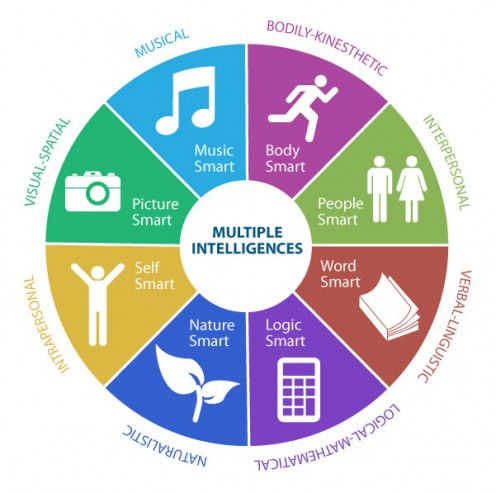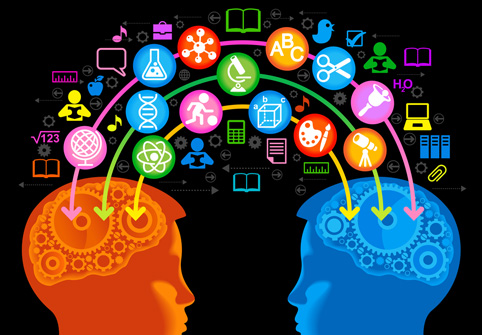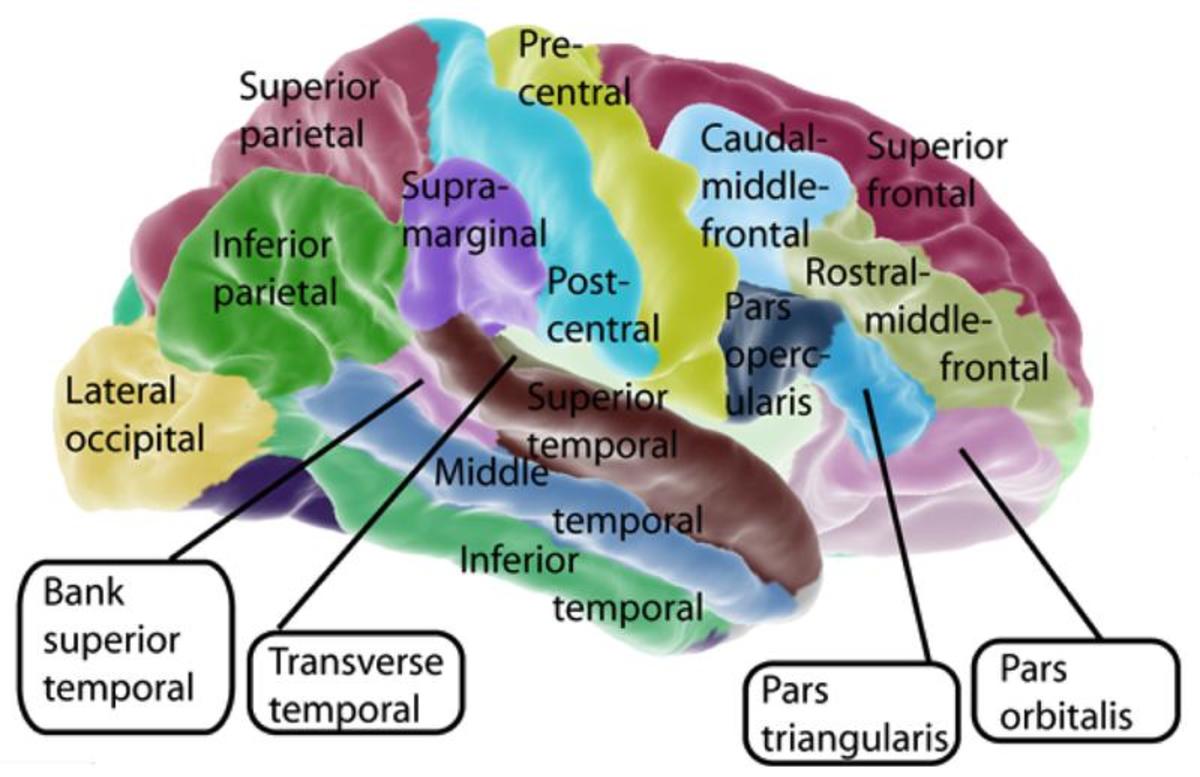The Value of the Multiple Intelligence Learning Theory

Introduction to the Theory of Multiple Intelligence
A Harvard psychologist with the name of Howard Gardner first offered the theory of multiple intelligence to the educational community. Since the first introduction of this theory Dr. Gardner has written several books on the subject. The inception of this theory has brought about a tremendous amount of interest in experimental research and further understanding. The basis behind the theory states that human beings have several types of intelligence, rather than just one type, as previously thought.
Dr. Gardner determined that people have several abilities within them to promote learning. These include:
Bodily - Kinesthetic Verbal - Linguistic
Logical - Mathematical Musical - Rhythmic
Visual – Spatial Interpersonal – People Smart
Intrapersonal – Myself Smart Naturalistic – Nature Smart
Existential Moral
Each of these have very distinct differences and learners should not be categorized into specific intelligences but rather recognized as having their own unique blend of all of them. Dr. Gardner’s intent for the development of the multiple intelligences was to empower learners, not to restrict them to one modality of learning. Dr. Gardner goes further to categorize intelligence into various categories: the ability to create an effective product or service valued in a particular culture, problem solving skills, and the ability to find or create solutions by gathering new knowledge. Each of these categories involves the use of one or more of the various intelligences.
Some researchers claim that our individual intelligence or ability to understand the world around us is very complex. They go further to say that some people are better at understanding certain things than others are. For example for some it is relatively easy to understand various formulas to determine profit and loss, to decide if their business is successful. While that same person might find it very difficult to play an instrument. This individual would be using more of their mathematical/logical intelligence as opposed to their musical intelligence. That same person in a particular business role might find that they are very people oriented, and easily create and learn from new relationships. Therefore in addition to using their mathematical intelligence, they frequently use their interpersonal intelligence. On the contrary, the musician that consistently uses their musical intelligence to play the lead violin in an orchestra might be very aware of their emotions and find the violin as an expressive outlet for them, thus utilizing their intrapersonal intelligence at the same time.
Through a better understanding of how individuals utilize various intelligences, Dr. Gardner was able to uphold that his theory accounts for the full range of human cognition and that each individual has a unique blend of the various intelligences that contribute to their personal predilections and abilities.
Dr Howard Gardner

Importance to Adult Learning and Training
To date the multiple intelligence theory has been widely applied within grade schools and high schools. However adult students are far different learners then young people. The National Center for the Study of Adult Learning and Literacy at Harvard University conducted the first study done regarding adult literacy. This study determined that teachers who utilized a multiple intelligence framework offered a far greater variety of learning activities. Teachers were now able to take more risks while broadening their teaching styles. Teaching styles became far more creative, assessing different levels of intelligence among various students. Student were better able to assess their own intelligences and strong points. This further allowed students to better understand their weakness, while developing an awareness that everyone learns differently.
The study proved very effective as students broadened their perceptions of effective learning. Initially they were expecting the basic traditional style of teaching, but gradually came to accept a far more diverse curriculum. Students became more empowered to guide their learning and often exceeded the expectations. Throughout the change, teachers perceived a shift in balance of power within the classroom as students were offered more choices on how they learn and greater expression of their understanding.
The idea of the multiple intelligence theory in adult learning is to help students better recognize their strengths and weaknesses. The goals are to show students the value in nontraditional learning activities and make them more aware of their own thinking and learning processes. Adult learners tend to be motivated by personal and work-oriented goals, increases in productivity, and acquisition of immediately applicable skills. Therefore when adult learners struggle with a certain concept they are apt to persevere through their frustrations and continue on attempting to learn. Throughout this process they can further understand which intelligence aids the most in learning a particular concept. Through the intelligence model, adult learners often discover additional potentials within themselves they were not aware of.

How does Multiple Intelligence Apply in and Adult Learning Situation
The Multiple Intelligence theory allows student to better understand their intellectual ability within the adult learning situation. They are able to realize that drawing a picture, listening to music, even watching some type of performance can all aid in the learning process. These variations to learning are just as important and the basics of writing and mathematics. Students who perform poorly on traditional tests are energized to learn with different learning experiences. For example the tempo of a particular piece of music might better communicate the feeling of a particular time in history than simple words in a book.
When the multiple intelligence theory is applied, students learn based on their own interests and talents. The environment becomes more like the real world and students are more active, involved learners. Learners are better able to demonstrate their strengths, giving them more motivations to become specialists in a particular area. Teaching for understanding further allows students to accumulate positive educational experiences, better aiding them in using those experiences to create solutions to problems in life.

In Conclusion
The multiple intelligence theory is not always the very best solution. There will always be times when a more traditional approach is more effective. It still remains a very complex theory that takes time and consideration for educators to effectively implement. It clearly goes beyond basic teaching of focusing on the curriculum and assessments for determining understanding. However when educators reach beyond the basics and want to better prepare students for practical use of knowledge beyond school, and further develop their potential, this theory does make sense to use. Nevertheless the study of intelligence is continually evolving and changing. There will always be new opportunities and challenges. Most importantly there will never be one simple way of reaching every student. It’s important to understand many theories and choose a combination that works best. The goal is for educators and individuals both, to develop their intelligences to the fullest.








